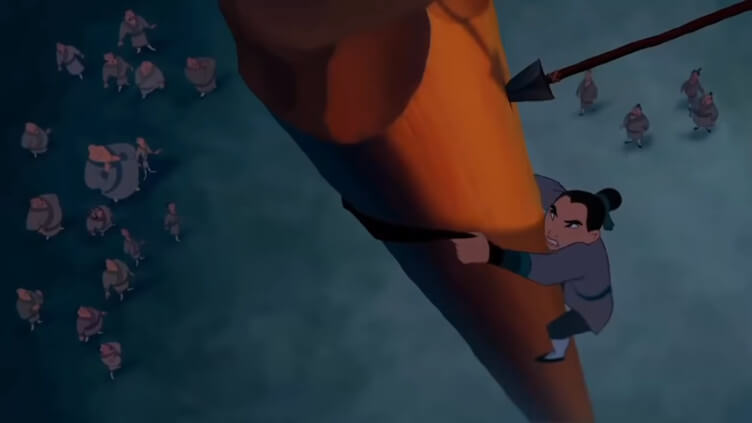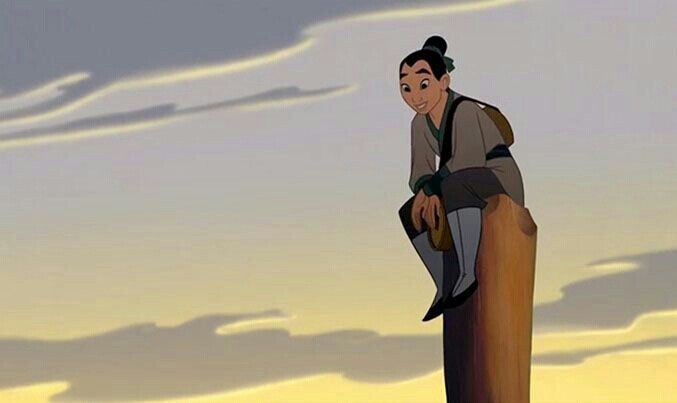:: What is ‘Theme’? ::
Now that I have the low level, macro world ideas in place, I can move onto the next stage of idea development. Implementing the themes I want to tell and deciding on settings to help discuss those theme. However, before I decide what themes I will tell within my worlds I need to understand what ‘theme’ means from a storytelling perspective. All three layers of the pyramid need to reinforce and benefit from the others, and whatever themes I decide to pursue need to help develop my world ideas.
The Nashville Film Institute heavily discuss theme, such as how a theme tells an idea. A post-apocalyptic world for example would naturally lend itself to telling themes of Loss and sacrifice but can also be used as a background to tell stories of recovery and hope. These themes are aided by the world they are set within, and by implementing these themes the world as a whole is more engaging to the reader/viewer.
‘A theme is an idea, concept, or lesson that conveys a moral message in a text and explores it through characters, setting, dialogue, plot, or elements. (…) It gears the characters, plot, setting, dialogue, and other elements towards the main idea and enhances the reader’s comprehensibility.’
Nashville Film Institute (n.d.)
The theme of a story is not to be confused with plot or narrative, instead a theme is used to enhance the story being told and to provide the overall feeling of a story. For example, in ‘Mulan’ the narrative is about a young girl who joins the army in her father’s place when he is conscripted as she fears for his safety (Bancroft,T. 1999). But the theme of the story is very different, showing how the smallest person can make enormous change when Mulan defeats the Mongol army. This theme is common in films and books, not least of which being ‘The Lord of the Rings’ (Tolkien, J.R.R. 1954), and while both stories share the same theme their narratives differ greatly.
:: How do we use Themes in storytelling ? ::
We know that the theme of a story does not equate to narrative, and we know that by implementing a theme into our stories we make them more engaging to the consumer. But what themes can we implement into our world settings? And most importantly, how can we be sure the environment we produce is going to show our theme in an understandable way to the viewer.
It is important to note that the theme of a story does not always relate to the moral of the narrative. Not all stories are trying to tell a moral, but almost all stories make use of at least one theme if not multiple. A theme is often left unsaid by a story, simply being shown through characters actions or world events. Where a moral is used to directly tell the consumer a message.
‘You might be tempted to equate a primary theme with the moral of the story—yet while these literary concepts are certainly related, they are not quite synonymous. (…) A book’s theme is not so much its lesson as it is an idea the author hopes the audience will mine for deeper meaning.’
MasterClass (2021)
Theme can also be used to contrast the main plot being told. For example, while the plot of ‘Mulan’ (Bancroft, T. 1999) becomes very large in scale. With Mulan saving the emperor of China and defeating the Mongol leader, the theme of ‘the smallest person casting a great shadow’ is told just through smaller actions. Such as when the character of Mulan climbs the army pole before any of the men through perseverance and intellect.



While that plot of the scene is very small, simply trying to climb a pole. The theme of the story is shown just as strongly as when the character saves the emperor of China. The theme is used in connection to the narrative being told as well as serving to show the character that is Mulan. the mid section of the pyramid being used to reinforce both above and below it in the structure.
Themes can be told both with the use of the characters such as in Mulan as well as in the world the characters inhabit. For my purposes there will be no characters shown, and as such the themes of the story I wish to tell will have to be done solely within the environment.
:: How does Theme impact Setting? ::
Choosing a good setting is doubly important here as the piece I create is solely an environment. It’s important that the environment I create hints at the larger world idea as well as shows the theme and has room within them to allow me to add in character.
‘Setting is one of the five essential elements of a story. It establishes the mood, reveals characters and conflicts, and gives clues to a story’s theme.’
TKSST (2018)
There will be no dialog in my scene, meaning I can’t rely on telling the audience my story. I instead need to show it. The challenge will be creating enough clues for the story to be clear while not going so far as to clutter the scene.
If I am trying to tell a story with the themes of isolation for example, I wouldn’t want to show the characters loneliness so obviously as having graffiti on the wall saying, ‘why am I lonely?’. I would instead perhaps show that theme through creating empty photo frames, or a computer showing no messages. Showing the themes within the setting in a more subtle, and mature way.
The location itself can also help the audience identify the story and theme being told. Using the theme of isolation again. I could use the location of a birthday party or other social gathering not being attended to help show that theme. Perhaps a uncut birthday cake covered in burnt out candles to show the lack of people in attendance. tying the location and the theme together nicely.
:: What Themes can be told with my ‘What If?’ settings? ::
Now I have a solid grasp of what a theme is and how it can be used in an environment I can look back to the what if settings I have created. On there own they simply give me the world setting, but if I can narrow down what theme I want to focus on in those world settings I can decide on a location to help show that theme.
:: What if Jack the Ripper Returned? ::
The idea of Jack the Ripper returning in say the year 1900 naturally tends to lend itself to darker themes. Maybe I use the setting to show the fear a woman working the streets of Whitechapel would feel. Scared to work but perhaps too desperate not to. This could be shown with the location of a very poor, cramped house. With broken furnishings but a baby’s cot in the corner, showing why the woman has to risk her life regardless. Maybe a newspaper through her letter box with ‘Jack is Back’ as the headline to tell the audience the world setting.
You could also spin the world setting to show perhaps a more positive theme. Maybe Jack being back gives Scotland yard hope that this time they can catch him. That theme could be shown by using the location of a detective’s office perhaps. With one of the walls taken up by a map of all the suspects they had from the previous investigation, red string linking old clues in a complicated web. I could show that the wall had been untouched since the last investigation by showing dust on the photos, but with a visibly clean and new newspaper pinned in the middle with the same title as in the previous environment.
:: What if Operation Sealion was Successful? ::
With a world setting as striking as occupied Britain there are a few themes that come to mind. One would be showing the oppression someone would feel in that universe. Perhaps I show a small home, with one room filled with propaganda present in an occupied state and the other room, a display of wartime medals and free British memorabilia. Showing the themes of hidings ones past not through shame but fear of discovery.
Another approach would be to show the theme of resistance against the occupation. Maybe instead of the second room holding war memorabilia it instead hosts an old-fashioned radio. With resistance posters and levers with secret doorways in the walls. No longer telling the theme of being unable to show past pride but of proud resistance working in secret, behind closed doors.
:: What if a Rebellion Took Charge? ::
A broader world idea than the other two there are many different themes you could place into this world. Is the rebellion something being supported by the story, or is it something the narrative is against? If the rebellion is something the narrative is in support of perhaps the theme could be about standing up for one’s beliefs. Perhaps, revisiting the idea of a news film set this could be told by showing the anchor’s changing room, where they have hidden symbols to the resistance movement. The same symbols we see in bold letters around the film set once it has been taken over by the rebellion fighters.
Or maybe the theme is coercion, and the anchor’s changing room is filled with images of their family, but the room has been commandeered by the resistance fighters. Forcing the anchor to spread their message. Maybe there is graffiti in the room, threatening their family. Or news articles pinned to a chalk board discussing how the rebels have been targeting news stations across the country. This would hint at the overall world theme without being too graphic or explicit.
:: References ::
MasterClass (2021). ‘How to Develop a Theme for Your Story’ [Online Article]. Available online: https://www.masterclass.com/articles/how-to-develop-a-theme-for-your-story [Accessed 25/10/2022]
Mulan (1999). Directed by Tony Bancroft, Barry Cook [Film]. Disney studios.
NFI (n.d.). ‘What Is Theme? Everything You Need To Know’ [Online Article]. Available online: https://www.nfi.edu/what-is-theme/ [Accessed 25/10/2022]
TKSST (2018). ‘The Importance of Setting in a Story’. [Online Article]. Available online: https://thekidshouldseethis.com/post/story-setting-flocabulary#:~:text=It%20establishes%20the%20mood%2C%20reveals,clues%20to%20a%20story%27s%20theme. [Accessed 25/10/2022]
Tolkien, J.R.R. (1954). ‘The Lord of the Rings’. New York: Harper Collins